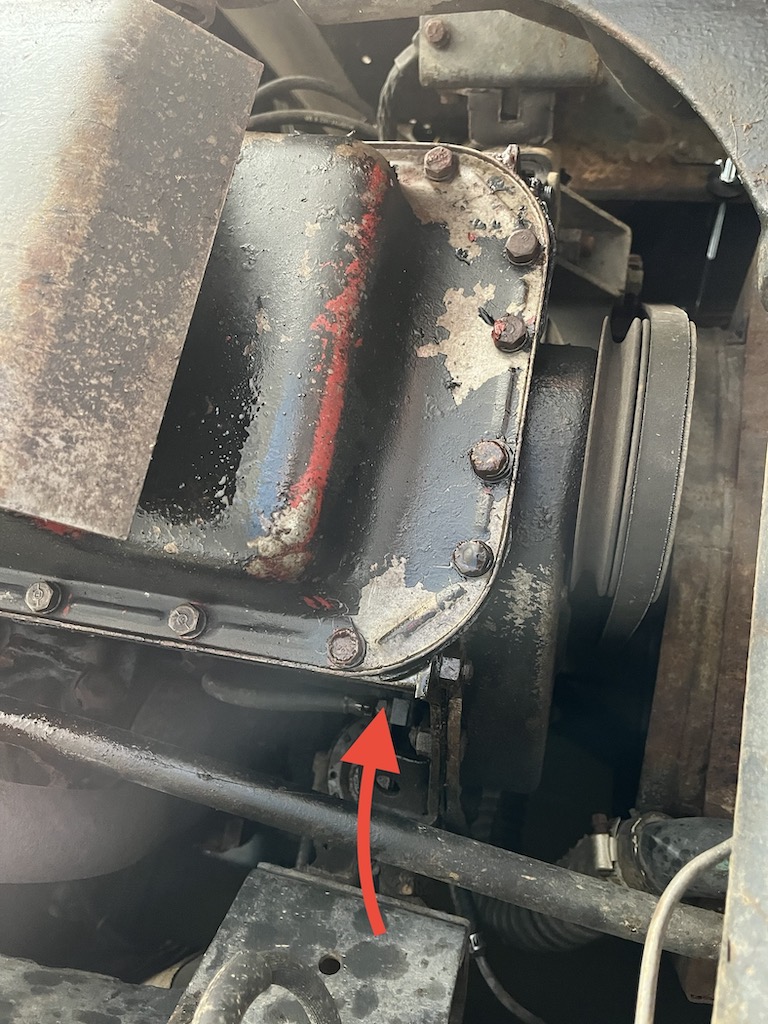An overview (with lots of links) on how to use AI by Ethan Mollick.
Large Language Models like ChatGPT are extremely powerful, but are built in a way that encourages people to use them in the wrong way. When I talk to people who tried ChatGPT but didn’t find it useful, I tend to hear a similar story.
The first thing people try to do with AI is what it is worst at; using it like Google: tell me about my company, look up my name, and so on. These answers are terrible. Many of the models are not connected to the internet, and even the ones that are make up facts. AI is not Google. So people leave disappointed.

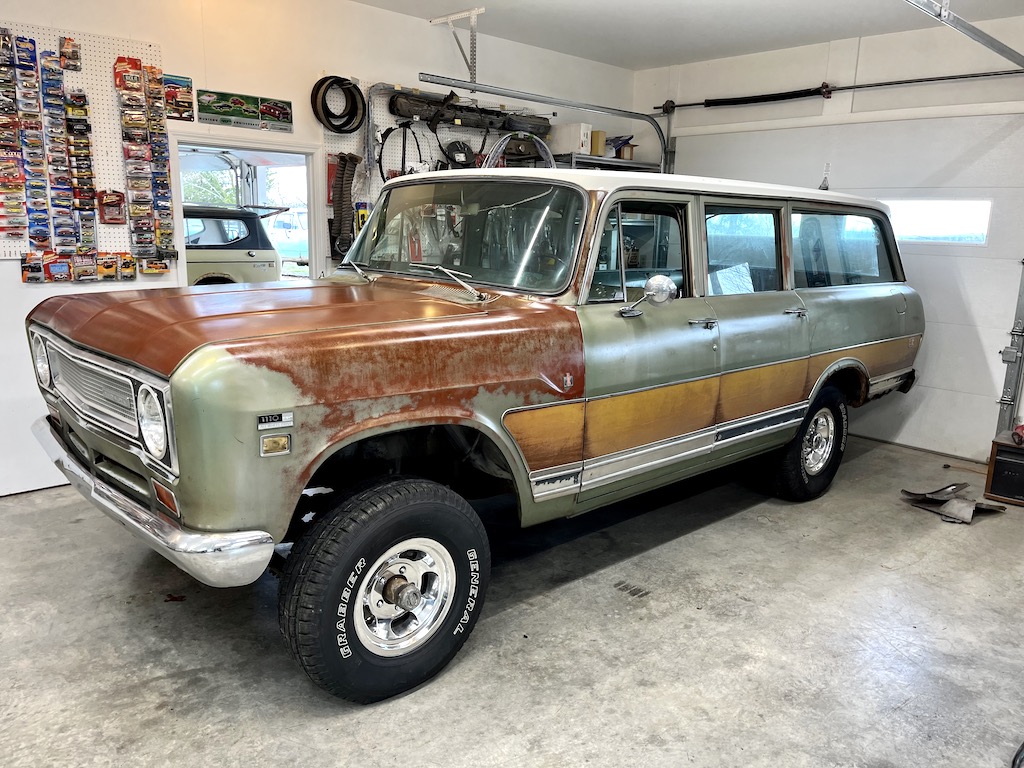 “The International Harvester Travelall is a model line of vehicles that were manufactured by International Harvester; four generations were produced from 1953 to 1975. Derived from the International light truck line, the Travelall was a truck-based station wagon. One of the first competitors to the Chevrolet Suburban, the Travelall was a forerunner of modern people carriers and full-size sport utility vehicles. As International withdrew from light-truck sales, the Travelall and pickup truck lines were discontinued after the 1975 model year, followed by the Scout in 1980.” (
“The International Harvester Travelall is a model line of vehicles that were manufactured by International Harvester; four generations were produced from 1953 to 1975. Derived from the International light truck line, the Travelall was a truck-based station wagon. One of the first competitors to the Chevrolet Suburban, the Travelall was a forerunner of modern people carriers and full-size sport utility vehicles. As International withdrew from light-truck sales, the Travelall and pickup truck lines were discontinued after the 1975 model year, followed by the Scout in 1980.” (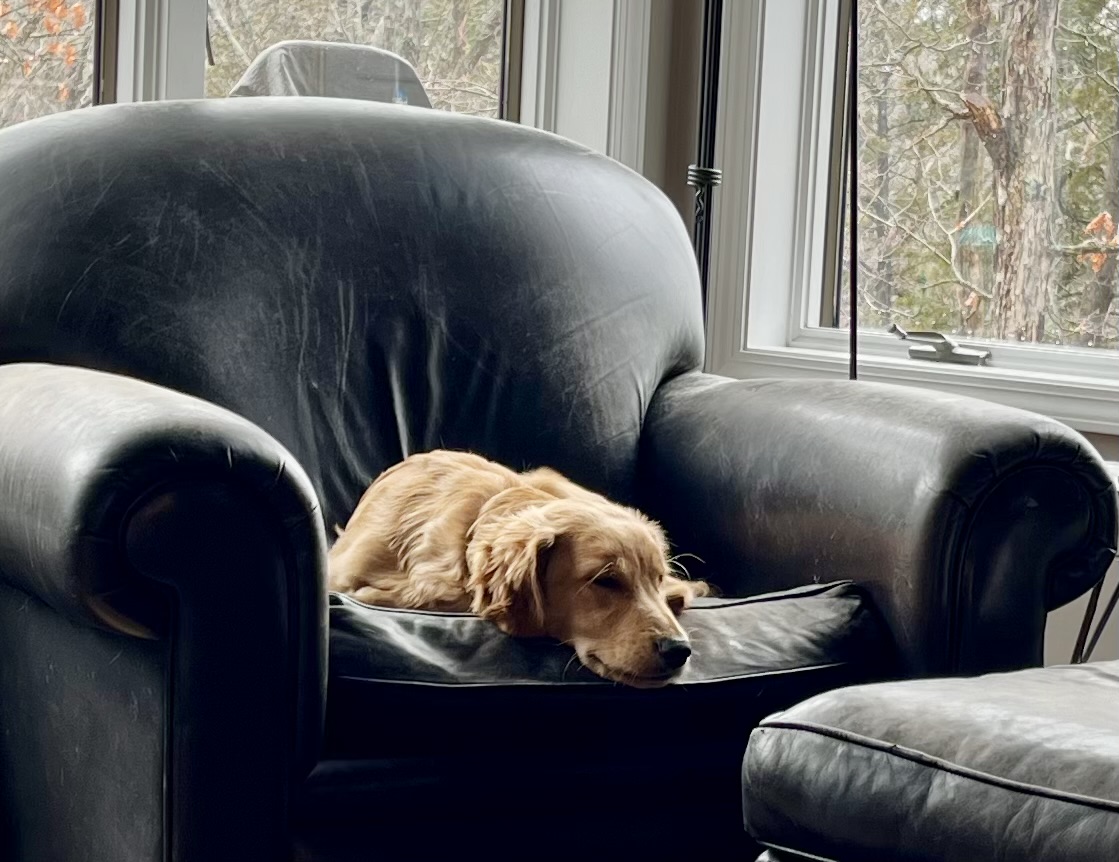
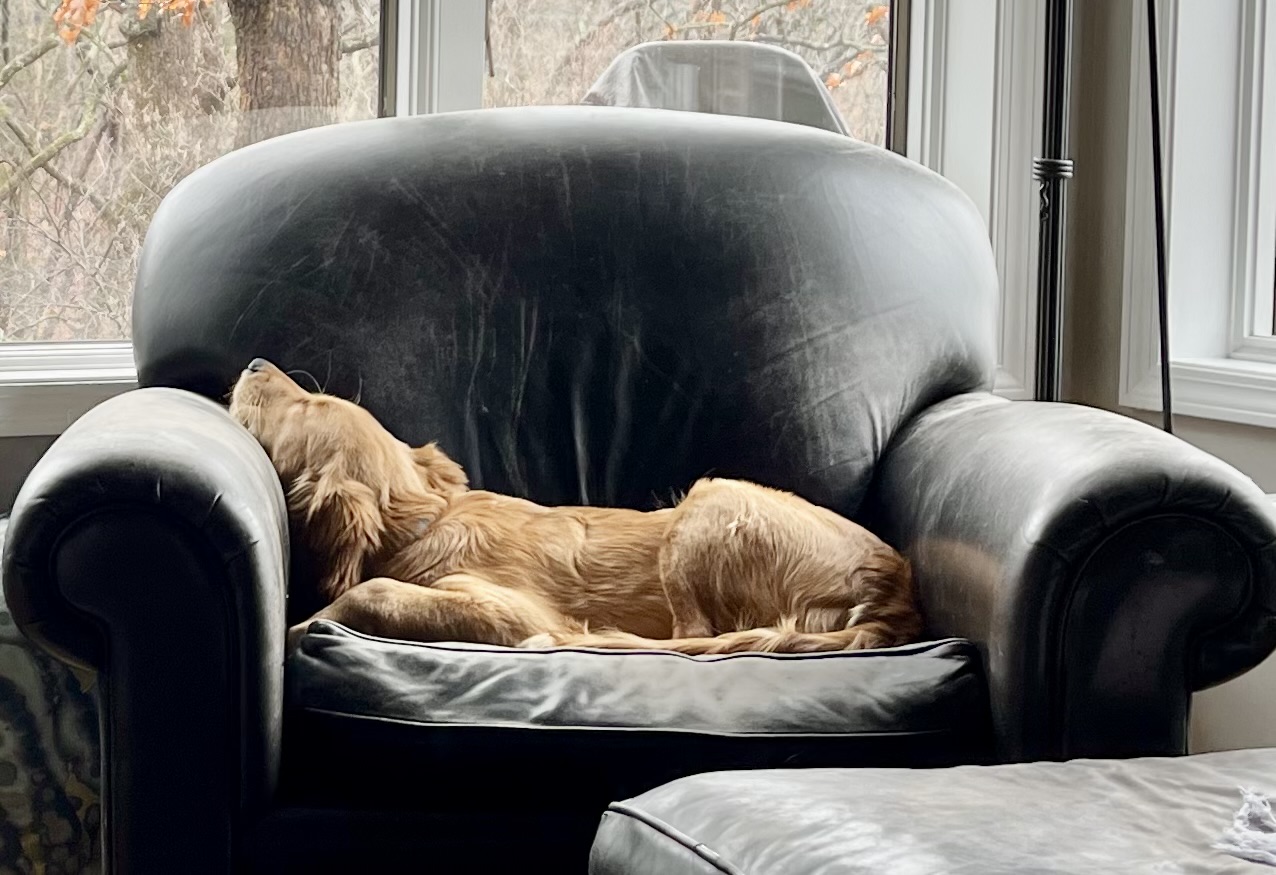 At 5 months+, Jessie finally starting to calm down a little. But the urge to bite the hand that feeds you is strong.
At 5 months+, Jessie finally starting to calm down a little. But the urge to bite the hand that feeds you is strong.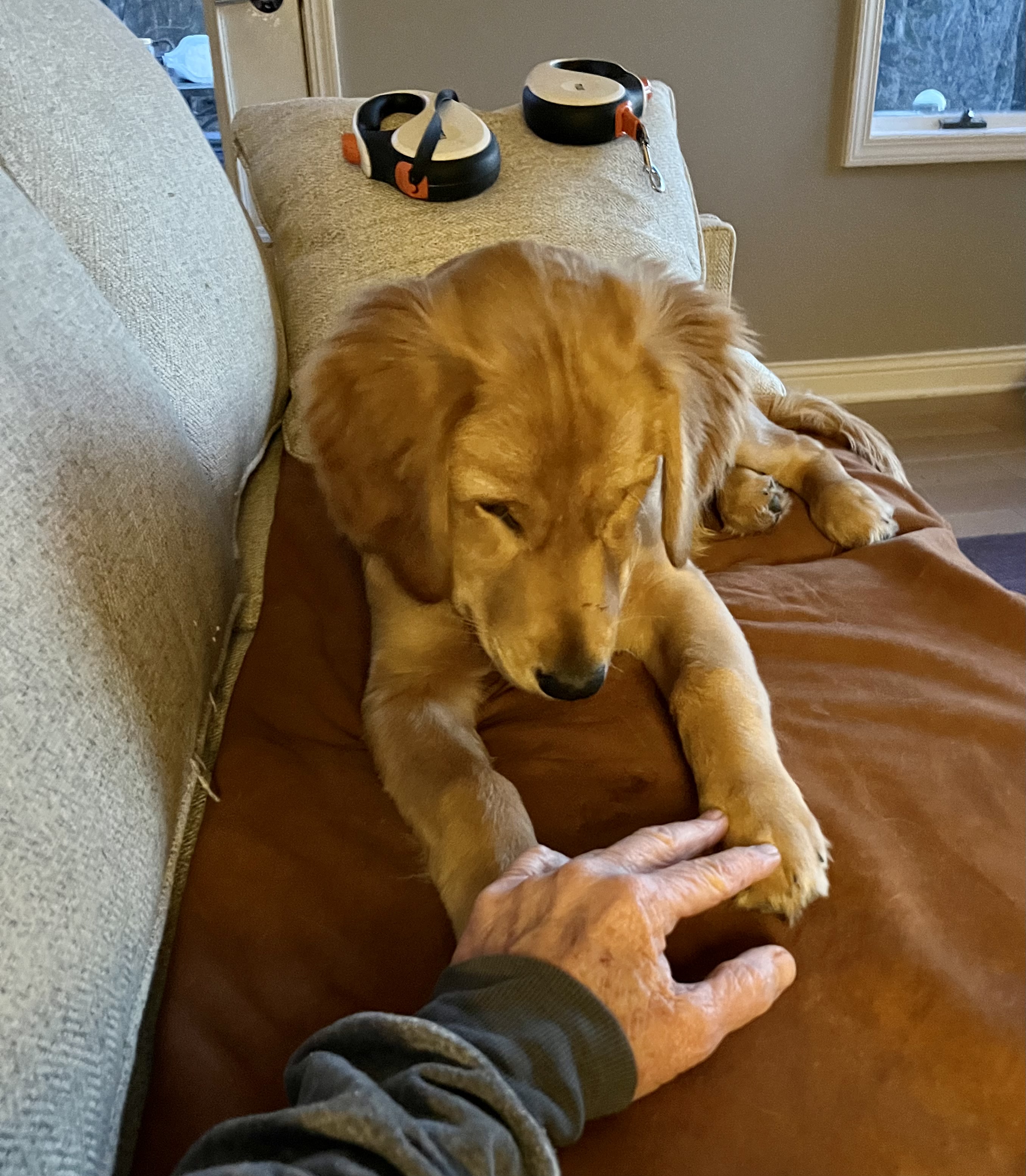
 When the coveted Barb Chair is taken, Jessie makes do with a nearby place in the sun.
When the coveted Barb Chair is taken, Jessie makes do with a nearby place in the sun.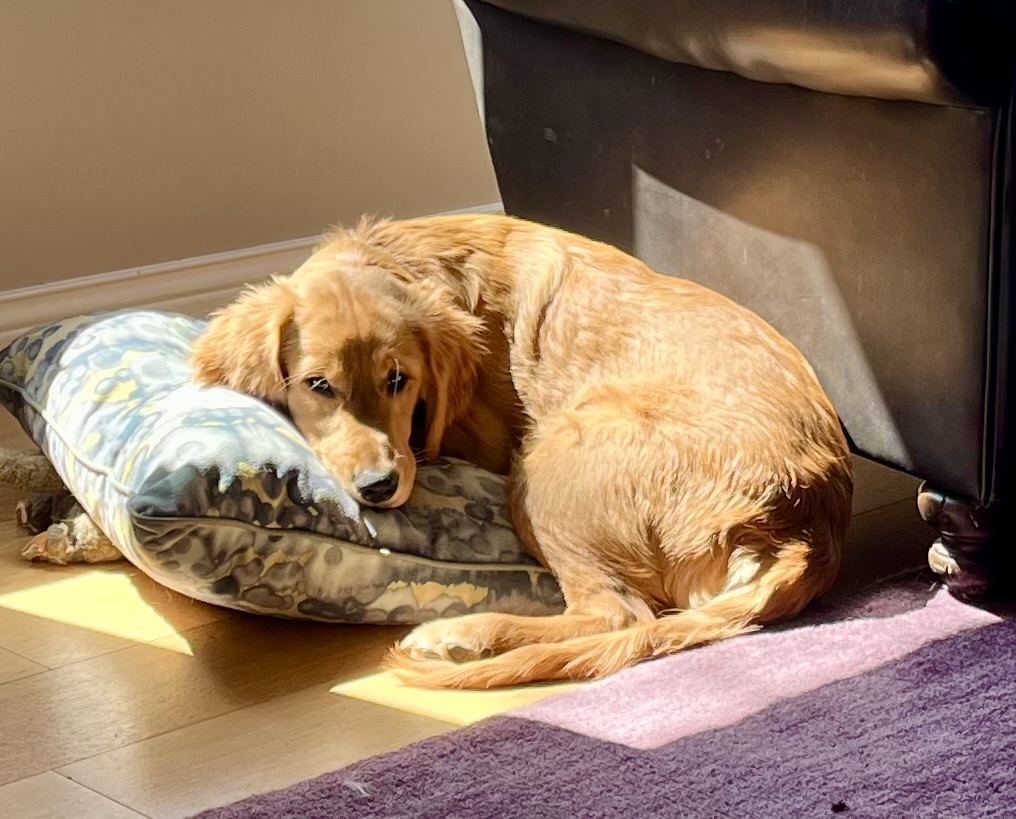 When the Alpha Dog returns, it’s all aboard!
When the Alpha Dog returns, it’s all aboard!
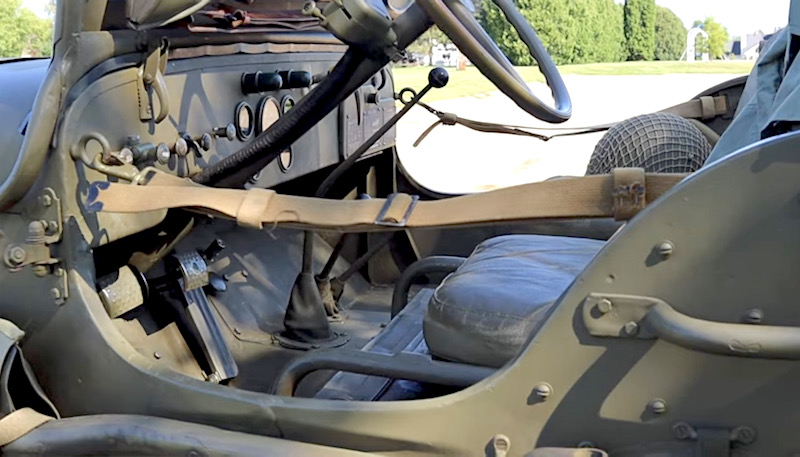 Looks like they might keep an old guy from tumbling out of the Jeep and I’ll settle for that. And in the event I’m surprised by a German patrol, I do NOT want to fuck with a stuck seat belt latch.
Looks like they might keep an old guy from tumbling out of the Jeep and I’ll settle for that. And in the event I’m surprised by a German patrol, I do NOT want to fuck with a stuck seat belt latch.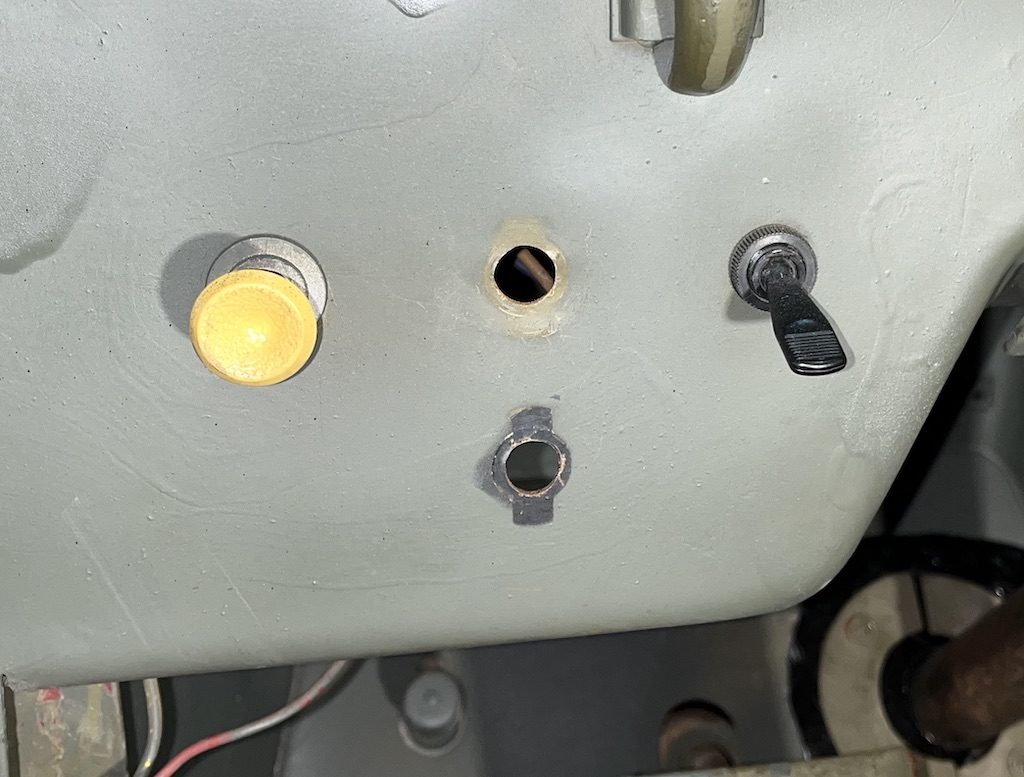
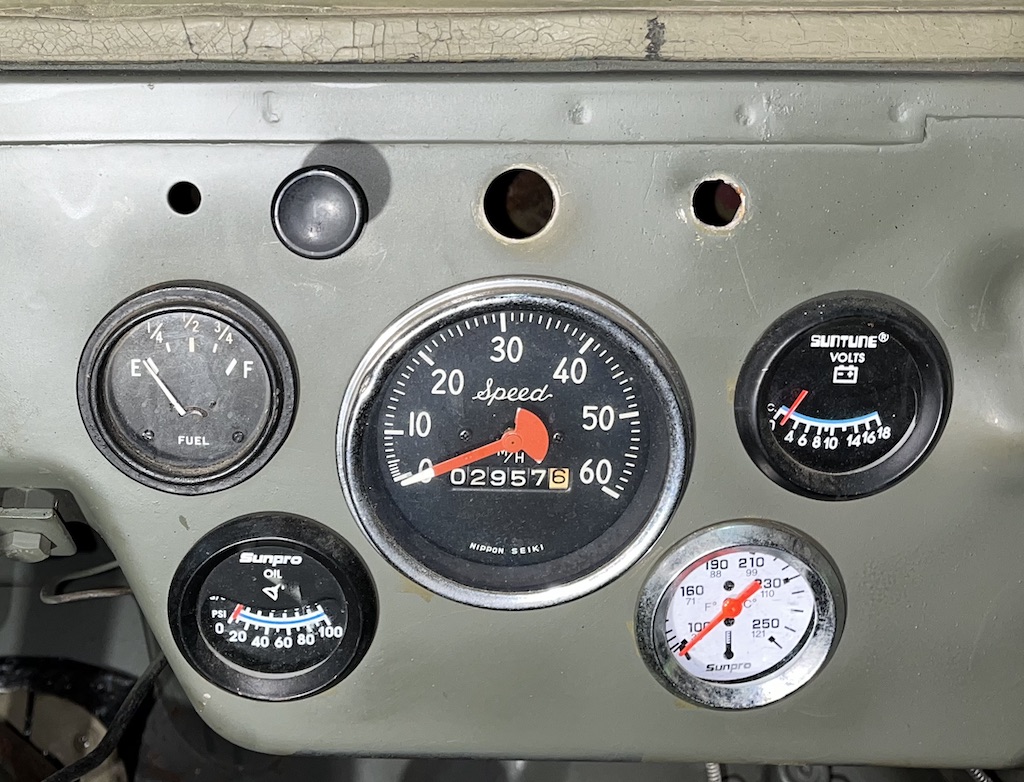
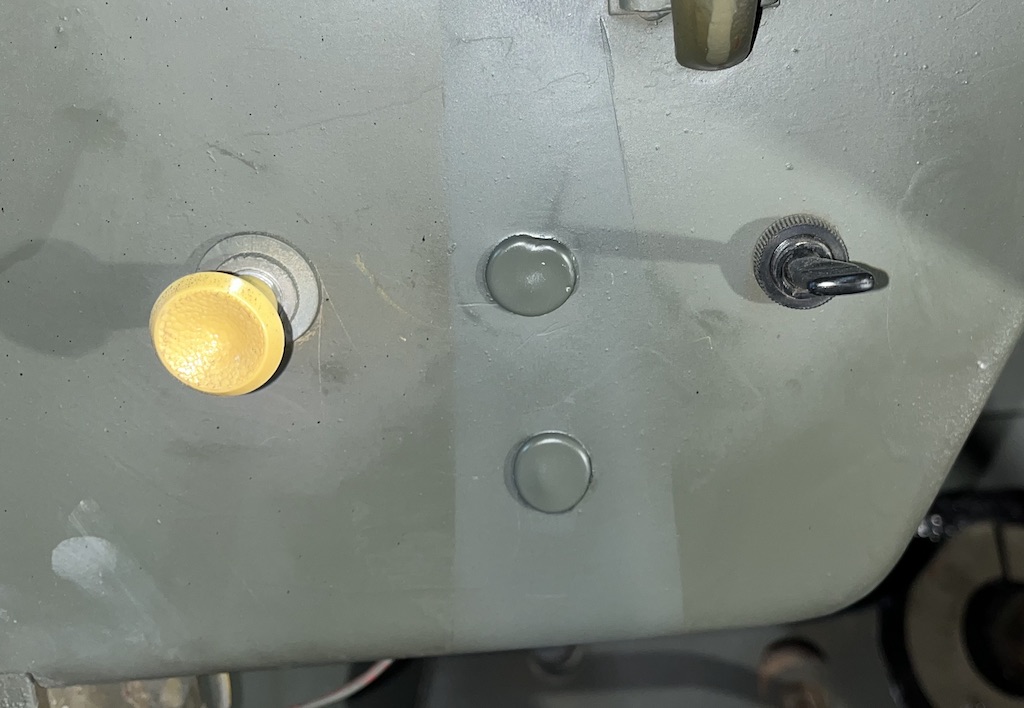
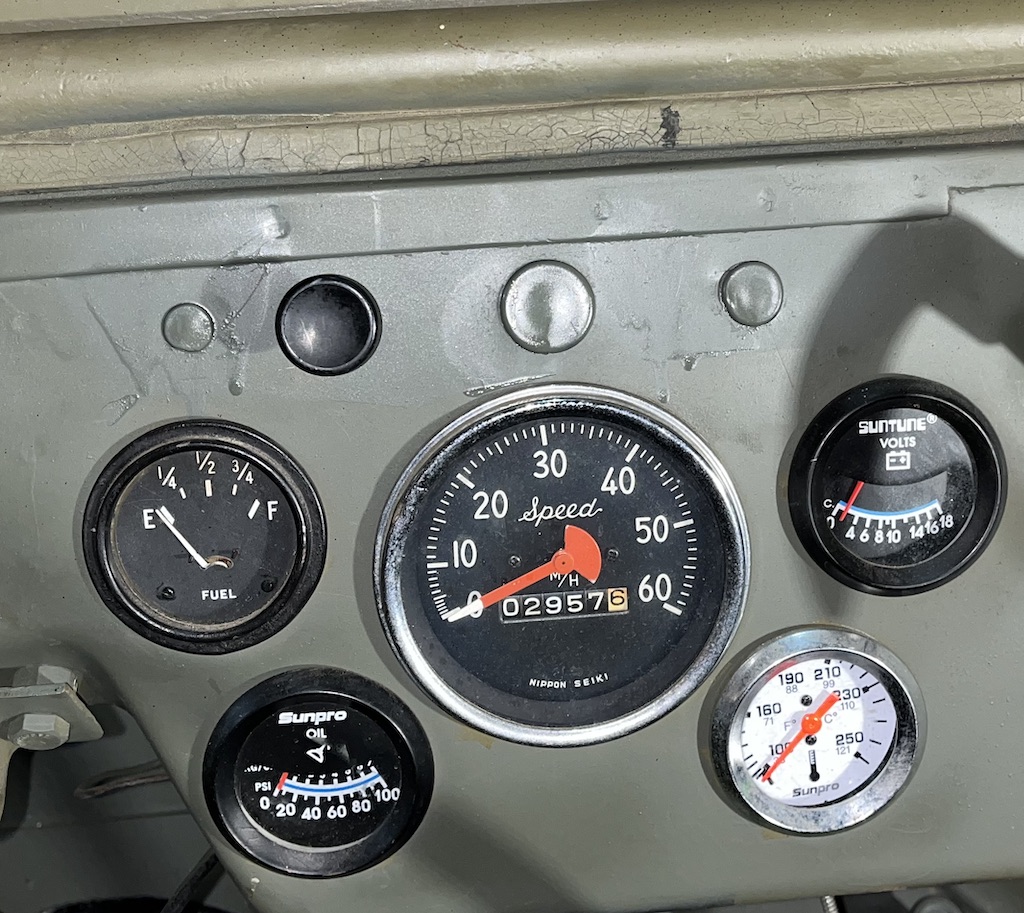

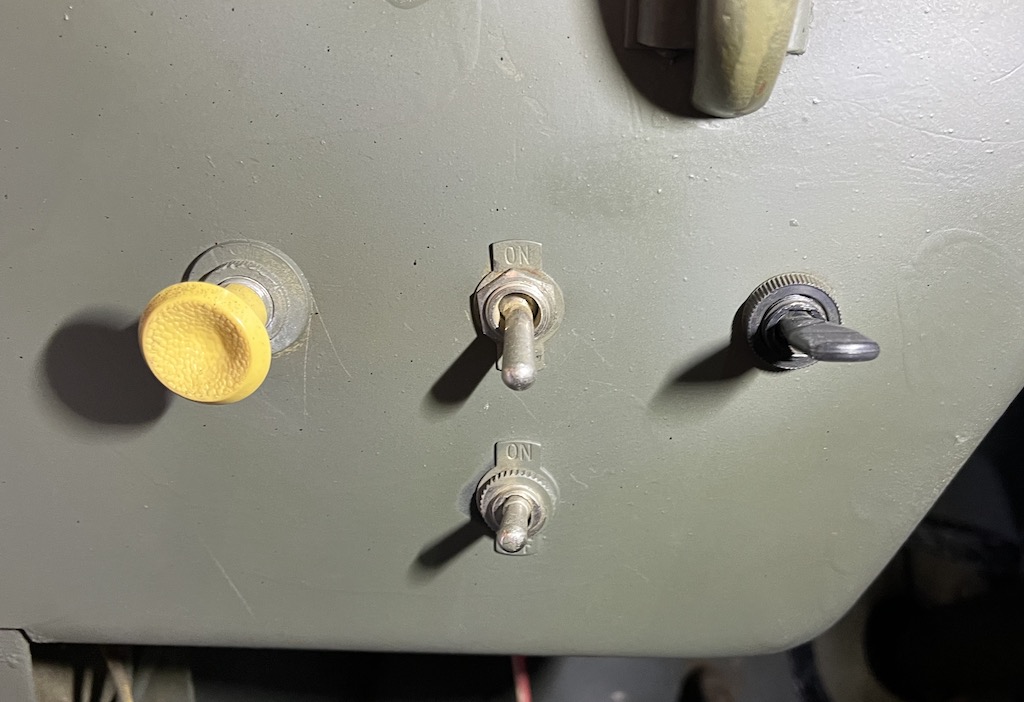 There’s a real rat’s nest of wires behind the dash and I might –or might not– try to tidy up.
There’s a real rat’s nest of wires behind the dash and I might –or might not– try to tidy up.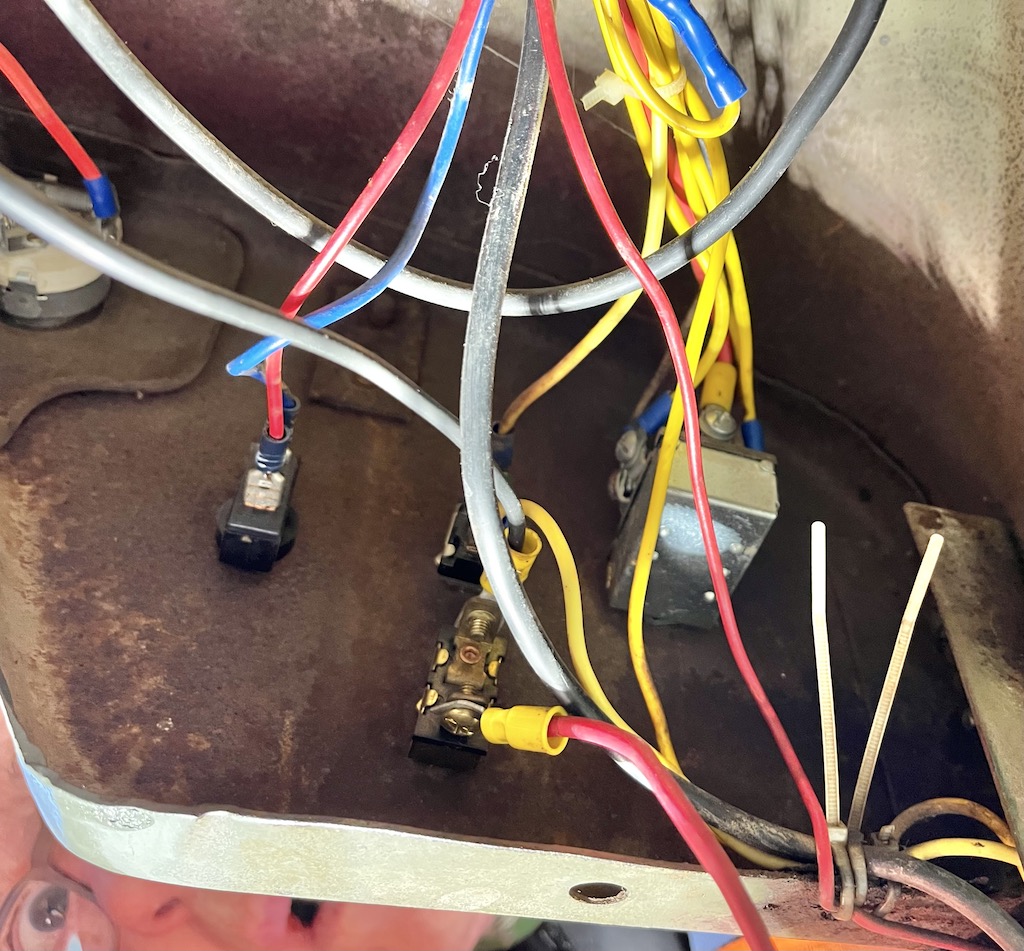 In the photo below you see holes where I removed switches for the windshield wiper (I’m going manual, baby!); the rollbar lights; and a cigarette lighter. I’ll plug the holes with some nice rubber grommets. I traced a wire from the master toggle back to the brake lights but can’t seem to make those work.
In the photo below you see holes where I removed switches for the windshield wiper (I’m going manual, baby!); the rollbar lights; and a cigarette lighter. I’ll plug the holes with some nice rubber grommets. I traced a wire from the master toggle back to the brake lights but can’t seem to make those work.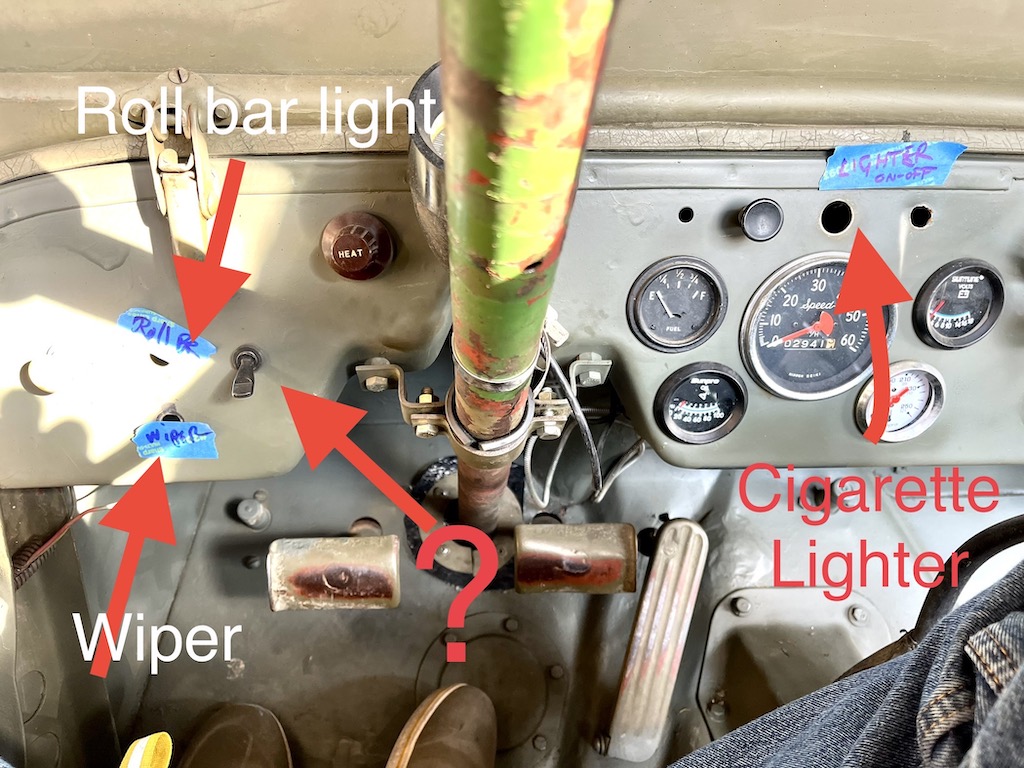 I pulled the access cover to get at the brake fluid cylinder. Didn’t have the nerve to go further. Hard to believe folks kept a close eye on brake fluid levels.
I pulled the access cover to get at the brake fluid cylinder. Didn’t have the nerve to go further. Hard to believe folks kept a close eye on brake fluid levels.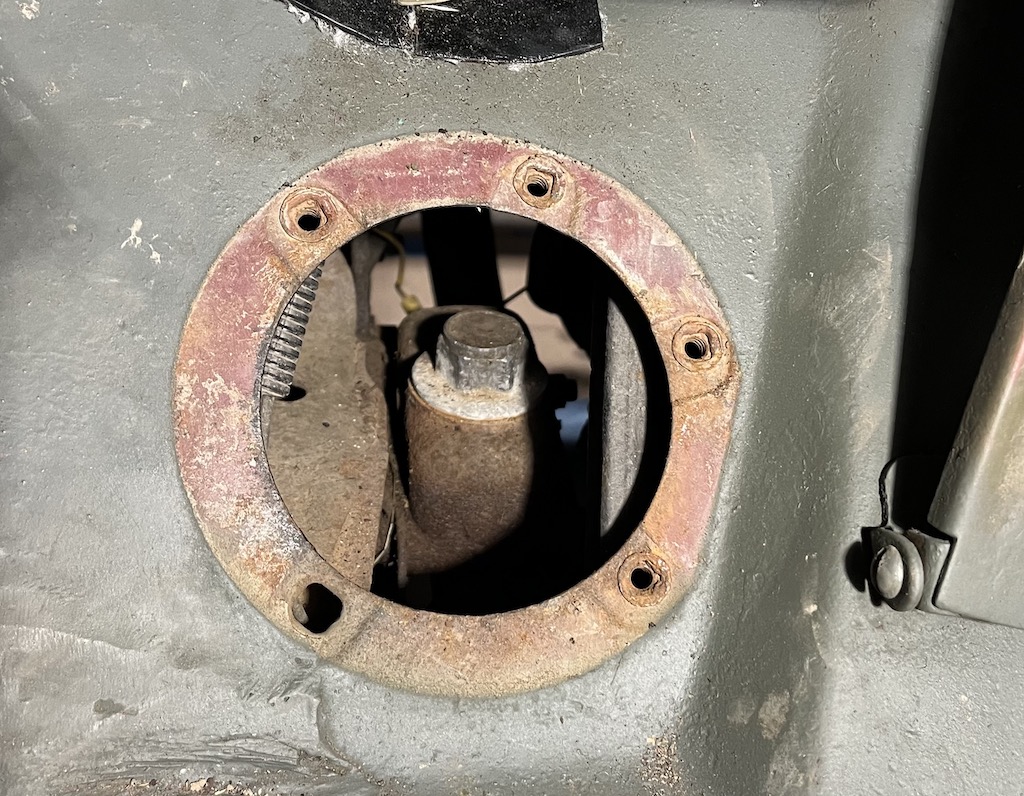 While crawling around under the Jeep I noticed oil dripping from one corner of the oil pan (?). Paul thinks this might be a matter of retorquing the bolts which might have loosened up over time, or the gasket could have shrunk a small amount.
While crawling around under the Jeep I noticed oil dripping from one corner of the oil pan (?). Paul thinks this might be a matter of retorquing the bolts which might have loosened up over time, or the gasket could have shrunk a small amount.